Introduce
Square no Tom Sawyer is a unique role-playing game (RPG) developed by Square for the Famicom (NES) in 1989. Although based on Mark Twain's classic novel "The Adventures of Tom Sawyer," this game takes a very different and often quite bizarre approach.
The most striking feature of Square no Tom Sawyer is its graphics. Instead of traditional pixel art, Square experimented with a unique graphical style by using digitized photos for characters and environments. This created a somewhat realistic yet often surreal and sometimes eerie appearance, especially with the monster designs.
In terms of gameplay, Square no Tom Sawyer follows the traditional JRPG formula. Players control Tom Sawyer and his group of friends, including Huckleberry Finn, Jim, and Becky Thatcher, as they explore the world around the Mississippi River. The game's world includes towns, a vast overworld map, and dungeon-like areas such as caves or forests. Players will interact with NPCs to receive quests, gather information, and purchase items.
The combat system is turn-based. When encountering enemies on the overworld map or in dungeons, the game transitions to a battle screen. Players choose commands for each character, such as attack, use items, or use special abilities. The enemies in the game are diverse and often feature bizarre designs, ranging from mutated animals to supernatural creatures. A unique aspect is the "friendship system," where the relationship between characters can affect their combat effectiveness.
The plot of Square no Tom Sawyer starts similarly to the book but quickly deviates into supernatural and fantasy adventure elements. Tom and his friends must confront dark mysteries, explore dangerous places, and battle strange forces to protect their town and friends. Despite its initial innocent appearance, the game hides many surprises and a dark atmosphere, far removed from the literary source material.
In summary, Square no Tom Sawyer is not just a typical RPG but also a unique experience with pioneering graphics and a bold approach to a familiar story. It stands as a prime example of Square's creativity during the NES era.

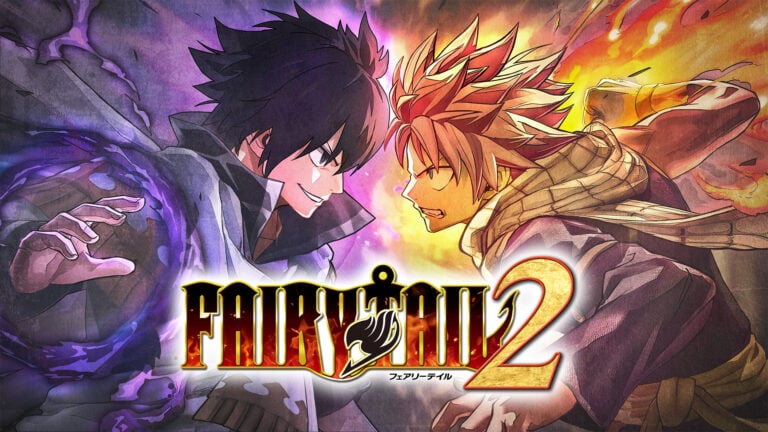
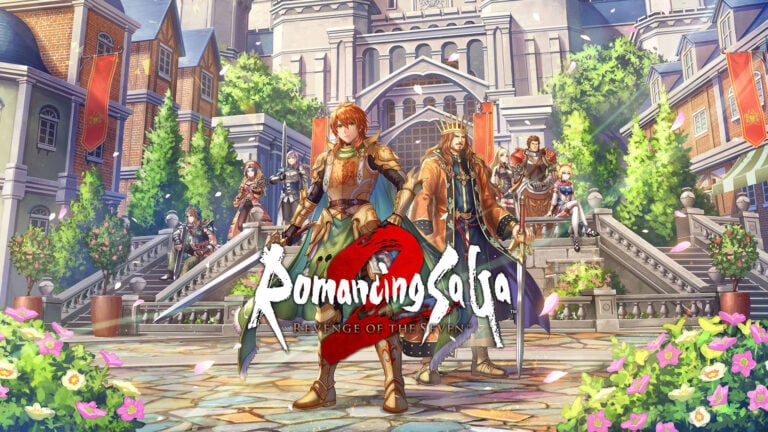
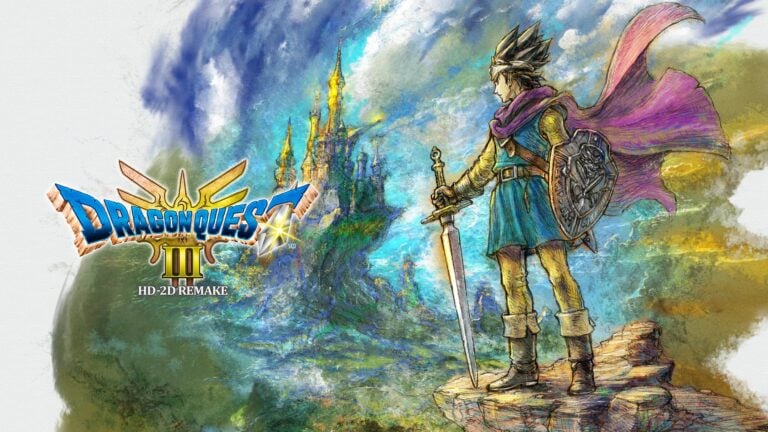
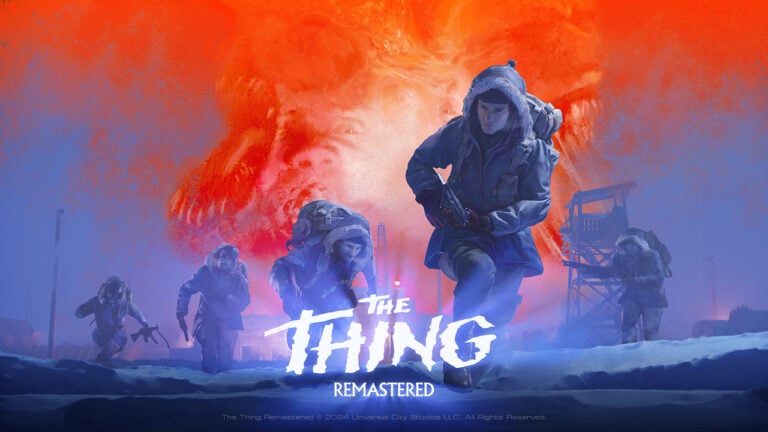
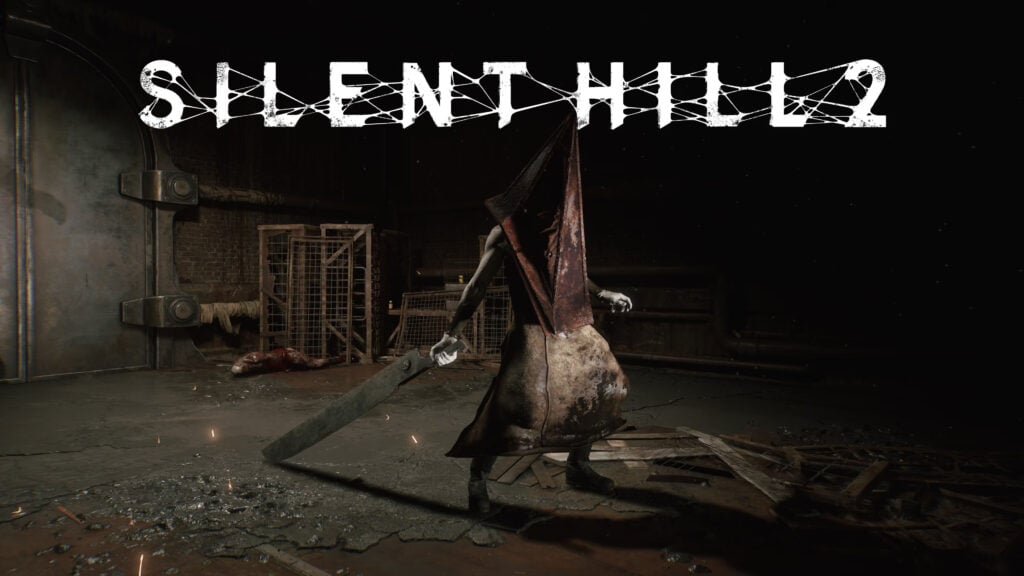
-image.png)
